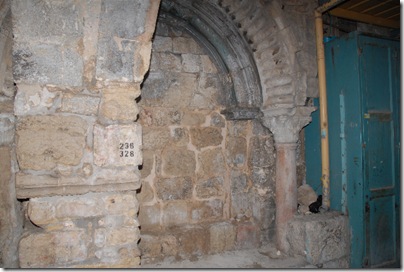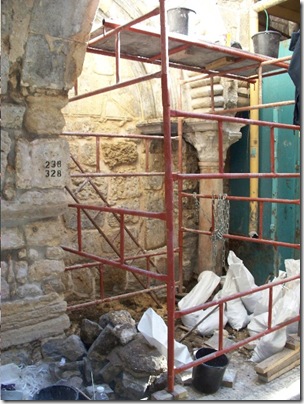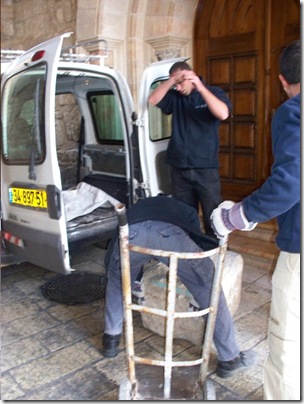From the Jerusalem Post:
Tourism Minister Stas Misezhnikov presented his ministry’s three-year plan to boost tourism at a press conference in Tel Aviv on Wednesday. The plan, which aims to bring in an additional one million foreign tourists by 2012, focuses mostly on attracting tourists who come to Israel for religious, historical and cultural purposes. According to Misezhnikov, the boost in numbers will garner NIS 4.5 billion in income and create 40,000 new jobs, especially in Jerusalem and the periphery. "The Tourism Ministry is an economic portfolio," he said. "As such, it is measured according to two main parameters: creating jobs and balancing income with expenses. For every 100,000 tourists, 4,000 jobs are created and NIS 450 million are invested in the Israeli economy." The plan calls for the branding of Israel as a destination for dahat tourism, a Hebrew acronym for religion, history and culture. Misezhnikov said his office had identified Israel’s central role in Judaism and Christianity and its rich historic and cultural legacy as the main attraction for tourists. "We have no relative advantage over other countries in terms of vistas, beaches or leisure," he said. "On the contrary, we are at a disadvantage compared to some of our neighbors because of our troublesome security situation, our relatively high prices and our image of being inhospitable to tourists." [. . .] The US was the largest country of origin for incoming tourism, with 550,000 visitors, or 21% of all incoming tourism. Russia was second, with 400,000 visitors; France was third, with 260,000; followed by the UK, with 170,000; and Germany, with Thirty-nine percent of incoming tourists were Jewish, 54% Christian and the remainder either from other religions or with no religious affiliation. Nearly half of the tourists were visiting Israel for the first time. Nearly a quarter of the tourists said the purpose of their visit was for holiday and leisure, 31% for pilgrimage and 6% for touring and sightseeing. The average foreign tourist expenditure in Israel in 2009 was $1,083, including overseas expenses. The average daily expenditure was about $100.
The full story is here.


